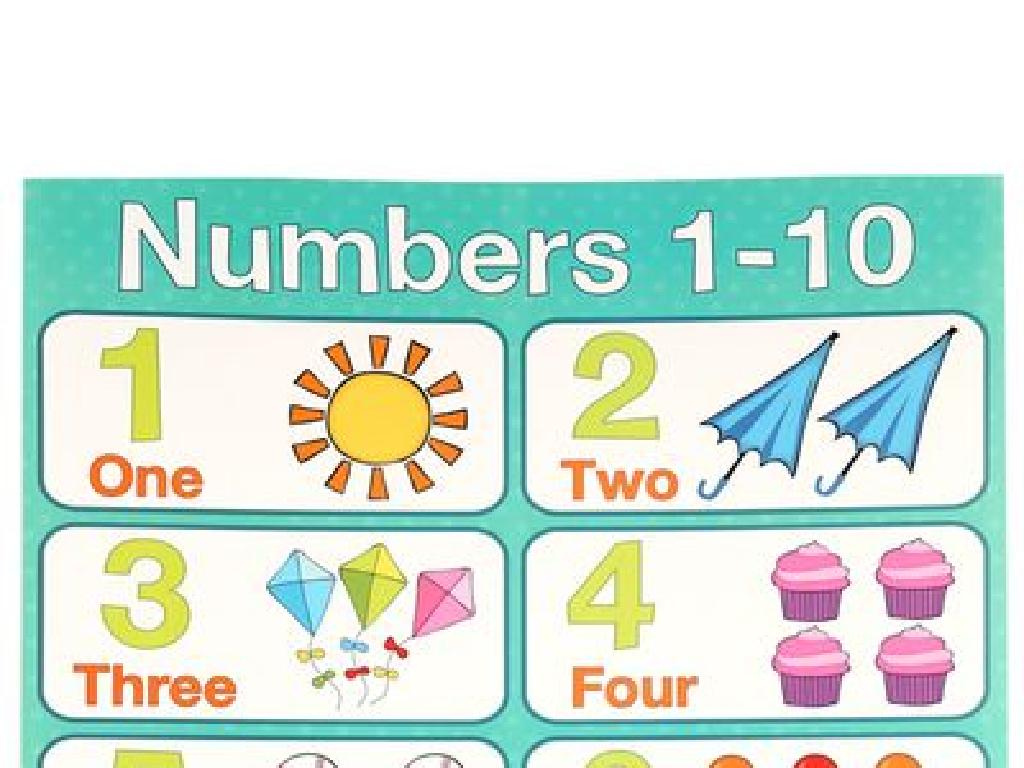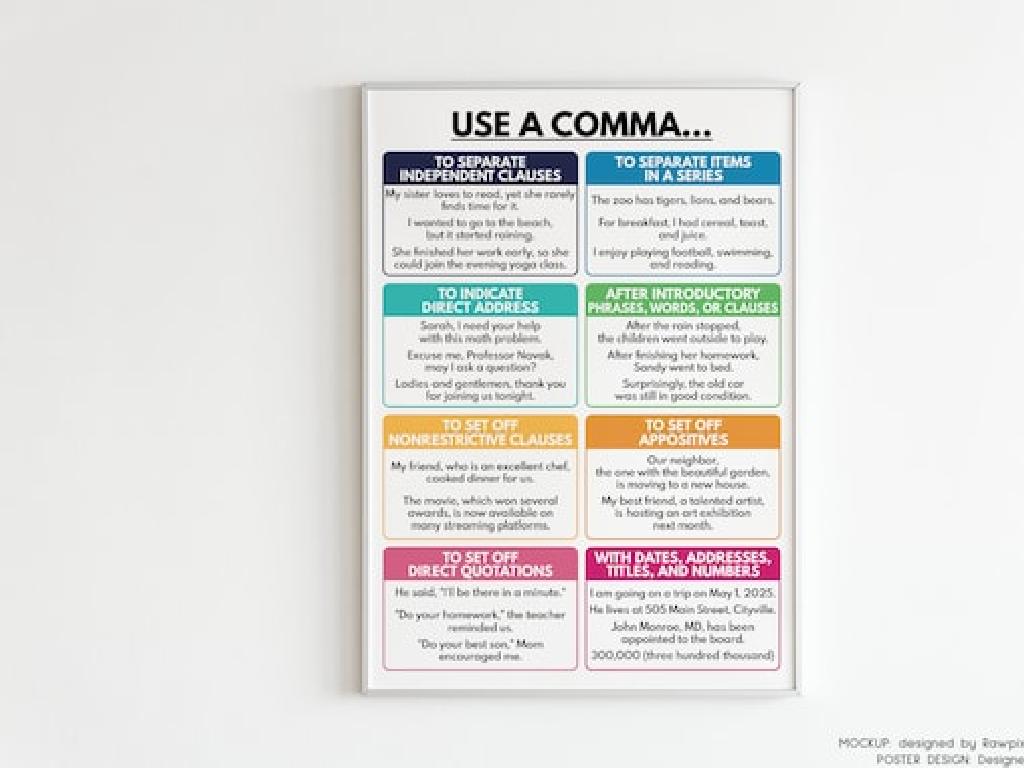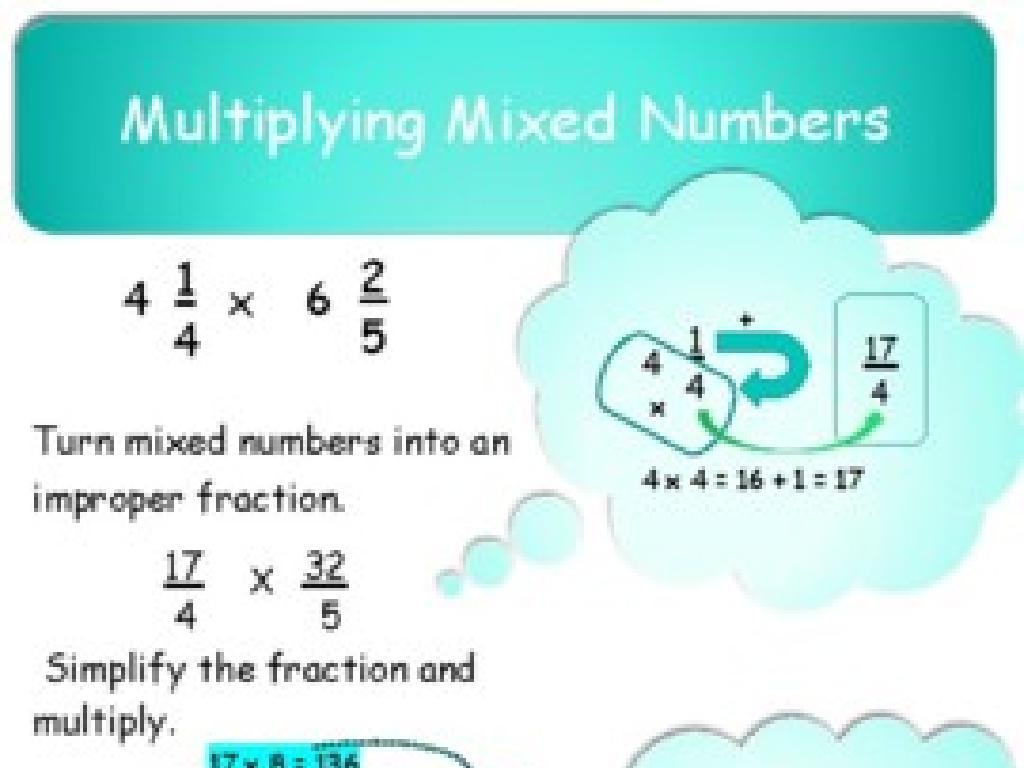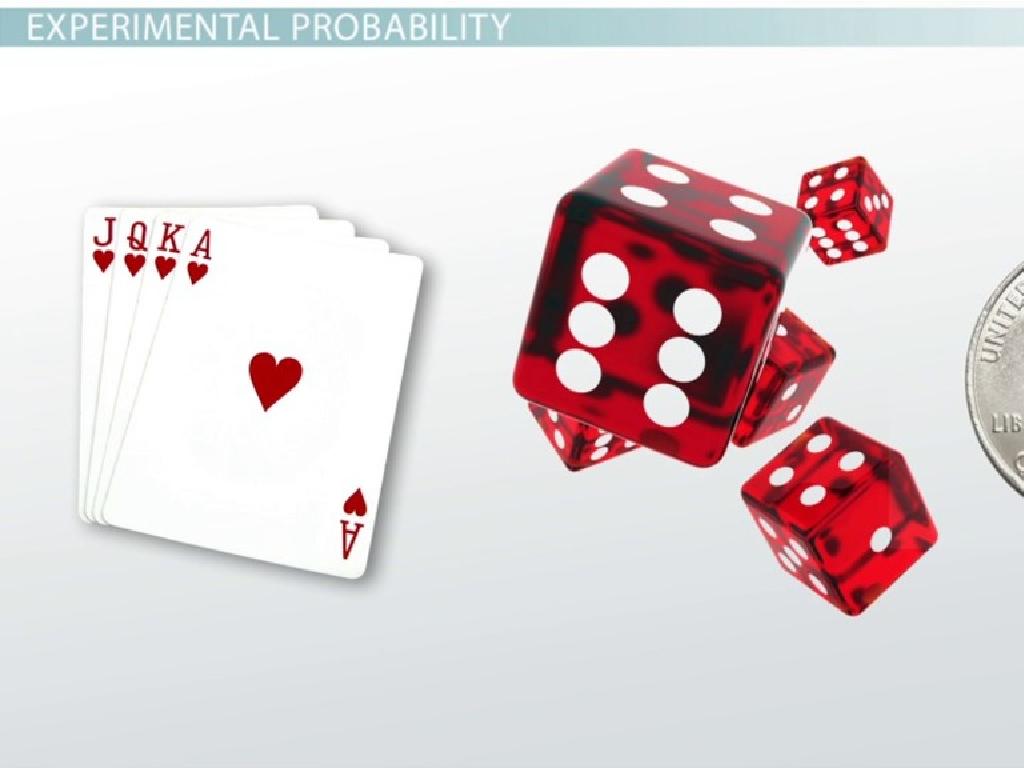Use Reflexive Pronouns
Subject: Language arts
Grade: Eighth grade
Topic: Pronoun Types
Please LOG IN to download the presentation. Access is available to registered users only.
View More Content
Understanding Reflexive Pronouns
– Pronouns and their roles
– What are reflexive pronouns?
– Pronouns that refer back to the subject, like ‘myself’, ‘yourself’
– Examples of reflexive pronouns
– ‘I taught myself to play guitar’, ‘She prepared herself for the exam’
– Practice using reflexive pronouns
– Find sentences in a book and replace nouns with reflexive pronouns
|
This slide introduces reflexive pronouns, a subcategory of pronouns, to the students. Begin by discussing the general role of pronouns in sentences to replace nouns and avoid repetition. Then, define reflexive pronouns as those that reflect back to the subject of the sentence. Provide clear examples to illustrate how reflexive pronouns are used in everyday language. Encourage students to think of additional examples and to practice by finding sentences where they can replace nouns with the appropriate reflexive pronouns. This will help solidify their understanding of how reflexive pronouns function within the context of a sentence.
Understanding Reflexive Pronouns
– Define Reflexive Pronouns
– Pronouns that refer back to the subject of the sentence, e.g., ‘I taught myself.’
– List common Reflexive Pronouns
– Examples: myself, yourself, himself, herself, itself, ourselves, yourselves, themselves
– Differentiate from Regular Pronouns
– Unlike regular pronouns, reflexive pronouns reflect back to the subject.
– Usage in sentences
– ‘She prepared herself a sandwich’ shows ‘herself’ refers back to ‘She’.
|
This slide introduces reflexive pronouns, a key component of English grammar. Start by defining reflexive pronouns as those that refer back to the subject of the sentence. Provide the list of reflexive pronouns and ensure students can recite them. Highlight the difference between reflexive and regular pronouns, emphasizing that reflexive pronouns are used when the subject and the object of the sentence are the same. Use examples to show correct usage in sentences. Encourage students to create their own sentences using reflexive pronouns to reinforce their understanding.
Mastering Reflexive Pronouns
– Correct use of reflexive pronouns
– Reflexive pronouns refer back to the subject of the sentence (e.g., myself, yourself).
– Example: ‘I taught myself guitar’
– ‘I taught myself to play the guitar.’ shows ‘myself’ refers back to ‘I’.
– Common mistakes to avoid
– Don’t use reflexive pronouns in place of personal pronouns or for emphasis incorrectly.
– Practice: Create your own sentences
– Use reflexive pronouns in sentences about your daily routine.
|
This slide introduces students to reflexive pronouns, emphasizing their correct usage within sentences. Start by explaining that reflexive pronouns are used when the subject and the object of a sentence are the same. Provide clear examples, like ‘I taught myself to play the guitar,’ where ‘myself’ reflects back to ‘I’. Highlight common errors, such as using reflexive pronouns unnecessarily or in place of a subject pronoun. Encourage students to practice by writing sentences that include reflexive pronouns, focusing on actions they perform on themselves, such as ‘I prepared myself breakfast.’ This exercise will help solidify their understanding and application of reflexive pronouns in everyday language.
Reflexive Pronouns in Action
– Identify reflexive pronouns in sentences
– Pronouns that end in -self or -selves, e.g., ‘She taught herself.’
– Interactive class examples
– We’ll practice using reflexive pronouns together in class.
– Reflexive vs. other pronouns
– Reflexive pronouns reflect back to the subject, others don’t.
– Significance of reflexive pronouns
– They emphasize the action’s performer and are essential for clarity.
|
This slide aims to engage students in understanding and using reflexive pronouns correctly. Begin by explaining what reflexive pronouns are and how they are used to refer back to the subject of the sentence. Use interactive examples where students can participate by identifying reflexive pronouns in provided sentences. Discuss why reflexive pronouns cannot be replaced with other pronouns, highlighting their unique role in emphasizing the subject of the action. Emphasize the importance of reflexive pronouns in providing clarity in communication. Encourage students to create sentences using reflexive pronouns to solidify their understanding.
Practice Time: Reflexive Pronouns
– Complete the fill-in-the-blank exercise
– Use reflexive pronouns correctly in the blanks
– Pair up and create sentences
– Work with a partner to make original sentences
– Share sentences with the class
– Present your sentences to the class
– Discuss the use of reflexive pronouns
– Explain why you chose those reflexive pronouns
|
This slide is designed for an interactive class activity focused on reflexive pronouns. Begin with a fill-in-the-blank exercise to reinforce the students’ understanding of reflexive pronouns in context. Then, have the students pair up to create their own sentences using reflexive pronouns, encouraging creativity and application of the concept. Afterward, each pair will share their sentences with the class, providing an opportunity for speaking practice. Finally, engage the class in a group discussion about the choices they made, fostering critical thinking and a deeper understanding of reflexive pronouns. As a teacher, facilitate the activities, provide guidance, and ensure that each student participates in the discussion.
Class Activity: Reflexive Pronoun Hunt
– Find reflexive pronouns in texts
– Look for words ending in -self or -selves
– Work in groups to discuss usage
– Discuss why the reflexive pronoun was used
– Present findings to the class
– Share examples and explain their use
|
This activity is designed to help students identify and understand the use of reflexive pronouns in context. Provide students with various text excerpts and instruct them to highlight reflexive pronouns, which typically end in -self or -selves (e.g., myself, themselves). Have them work in small groups to discuss the function of each identified pronoun within its sentence. Encourage them to consider questions like: Why was a reflexive pronoun used here? Could the sentence work without it? After the group discussion, each group will present their findings to the class, explaining the role of the reflexive pronouns in their chosen sentences. This will reinforce their understanding through teaching and provide an opportunity for peer learning. Possible variations of the activity could include creating sentences with reflexive pronouns, correcting sentences where reflexive pronouns are misused, or writing a short paragraph using reflexive pronouns correctly.
Conclusion & Homework: Reflexive Pronouns
– Recap today’s reflexive pronouns
– Write a story with 5 reflexive pronouns
– Include ‘myself’, ‘yourself’, ‘herself’, etc.
– Practice makes perfect
– Share your stories next class
– Be ready to discuss the usage of each pronoun
|
As we wrap up today’s lesson on reflexive pronouns, remind students of the importance of these pronouns in emphasizing the subject of a sentence. For homework, they are to write a creative short story that includes at least five different reflexive pronouns, which will help reinforce their understanding through practical application. Encourage them to be mindful of the pronouns they choose and to use them correctly to reflect back to the subject. In the next class, we’ll share these stories to appreciate the diverse use of reflexive pronouns and to learn from each other’s examples. This exercise will also serve as a fun way to practice and perfect their grasp of reflexive pronouns.






